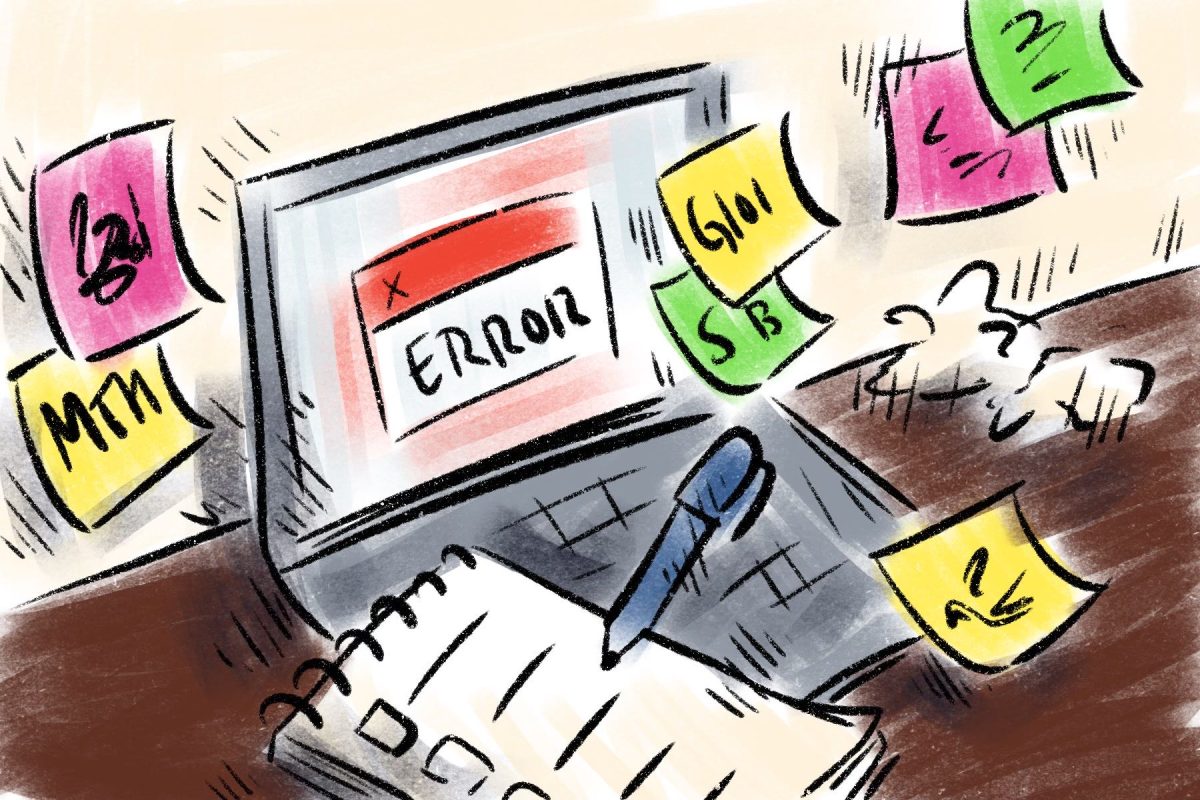When Abercrombie & Fitch CEO Mike Jeffries explained why his store doesn’t carry women’s clothes larger than size 10, he may have explained more about his brand than he wanted consumers to know. “A lot of people want to market to everyone,” Jeffries said in an interview with the magazine Salon. “We go after the attractive all-American kid with a great attitude and a lot of friends. A lot of people don’t belong [in our clothes], and they can’t belong. Are we exclusionary? Absolutely.”
These comments, which have resurfaced recently on the Internet, were made years ago. But in spite of their age, they show an ugly side of A&F’s brand that hasn’t changed over time.
Let’s get right to the point: When you distill his meaning, Jeffries seems to be saying that a large woman can’t be attractive or popular. A size 10 is only a 32-inch waist, which is 2-3 inches smaller than the average American woman. So apparently, Jeffries disqualifies more than half of all women from shopping at his stores, because their size renders them unworthy.
Let it never be said that A&F is universally intolerant, however; large men are always welcome. Based on the sizes A&F offers, a man can be attractive and cool if he wears up to an XXL.
In all seriousness, I’m not trying to argue that A&F is the only brand to perpetuate unhealthy physical ideals. But I’m hard-pressed to think of another brand that has publicly claimed that’s not a bad thing. Where as other companies labor under the pretense of inclusion, A&F’s CEO came straight out and said heavy people are less valuable than skinny people.
This of course begs the question: Who else doesn’t belong in A&F’s brand? For starters, there are handicapped consumers. Earlier this month, over 250 stores owned by A&F were found by a judge to have inadequate or absent handicapped access. In some cases, handicapped ramps were obscured or obstructed by shutters and other décor.
And since A&F opts to destroy surplus clothes rather than donate them, it seems that the financially disadvantaged and homeless aren’t good enough for A&F either. Oh, and don’t forget minorities. In 2004 the brand was successfully sued for giving preferential treatment to white applicants.
Jeffries has never openly spoken out against the poor, disabled or nonwhite, but his company’s practices make it pretty clear what he thinks about them.
I think this is a serious problem for anyone who cares about social issues. Eating disorders already affect 7 million American women; in order to combat this, the media absolutely must move forward in its portrayal of acceptable body types. And maybe we can’t force every company to abandon unrealistic ideals right now, but we can sure as hell ostracize A&F for openly discriminating against healthy women (and others).
So, as college students who are a part of A&F’s target demographic, here’s what I have to say: Don’t shop at Abercrombie & Fitch. Don’t shop at Hollister, which A&F owns. You can get by without overpriced khakis, but you shouldn’t be okay with supporting a store that upholds harmful social values.
Nathan James is a sophomore majoring in public relations.








